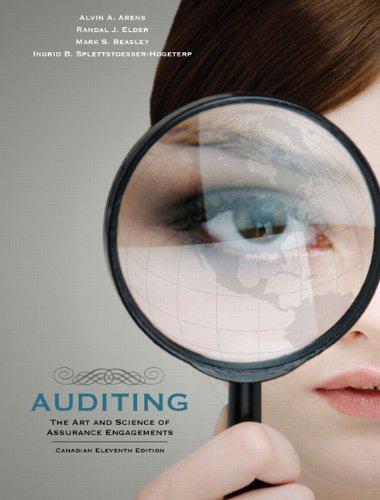Answered step by step
Verified Expert Solution
Question
1 Approved Answer
Use the graphs below to show why proportional and progressive taxes contribute to greater economic stability, while a regressive tax does not. (i) Suppose Country




Use the graphs below to show why proportional and progressive taxes contribute to greater economic stability, while a regressive tax does not. (i) Suppose Country A has $10 billion in government expenditures (G) that are independent of real GDP as shown in the graph below. Further, suppose that the economy is at full employment when real GDP is approximately $40 billion. Now suppose the country has a proportional tax system that has a balanced budget when the economy is at full employment. The economy has tax revenues of $8 billion when the economy's real GDP is $20 billion and tax revenues of $14 billion when the economy's real GDP is $80 billion. Graph the tax revenues for this country. Instructions: Use the tool provided 'Tax revenues' to Illustrate the country's tax revenues. Plot only the endpoints of the line. (ii) Suppose Country B is similar to Country A in the amount of government expenditures and the level of real GDP at full employment. But instead of a proportional tax system, Country B has a lump-sum (regressive) tax system that balances the budget at all levels of GDP. Graph the tax revenues for this country. Instructions: Use the tool provided 'Tax revenues' to illustrate the country's tax revenues. Plot the first point of the line where real GDP is $20 billion and the second point where real GDP is $80 billion. Plot only the endpoints of the line. Government expenditures, G, and tax revenues, T (billioris)
Step by Step Solution
There are 3 Steps involved in it
Step: 1

Get Instant Access to Expert-Tailored Solutions
See step-by-step solutions with expert insights and AI powered tools for academic success
Step: 2

Step: 3

Ace Your Homework with AI
Get the answers you need in no time with our AI-driven, step-by-step assistance
Get Started


